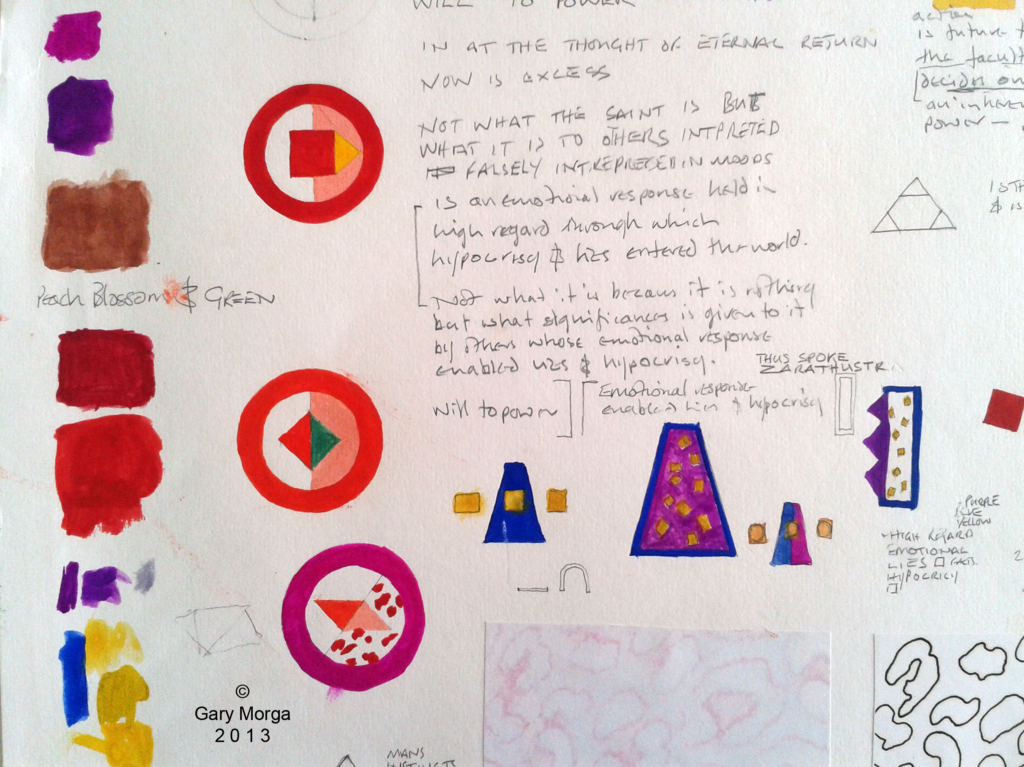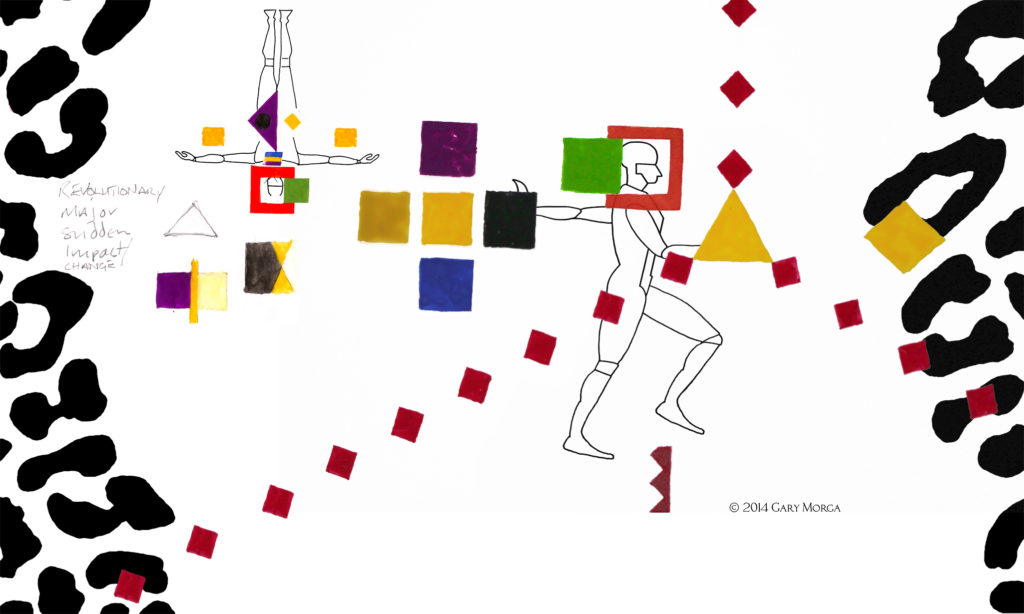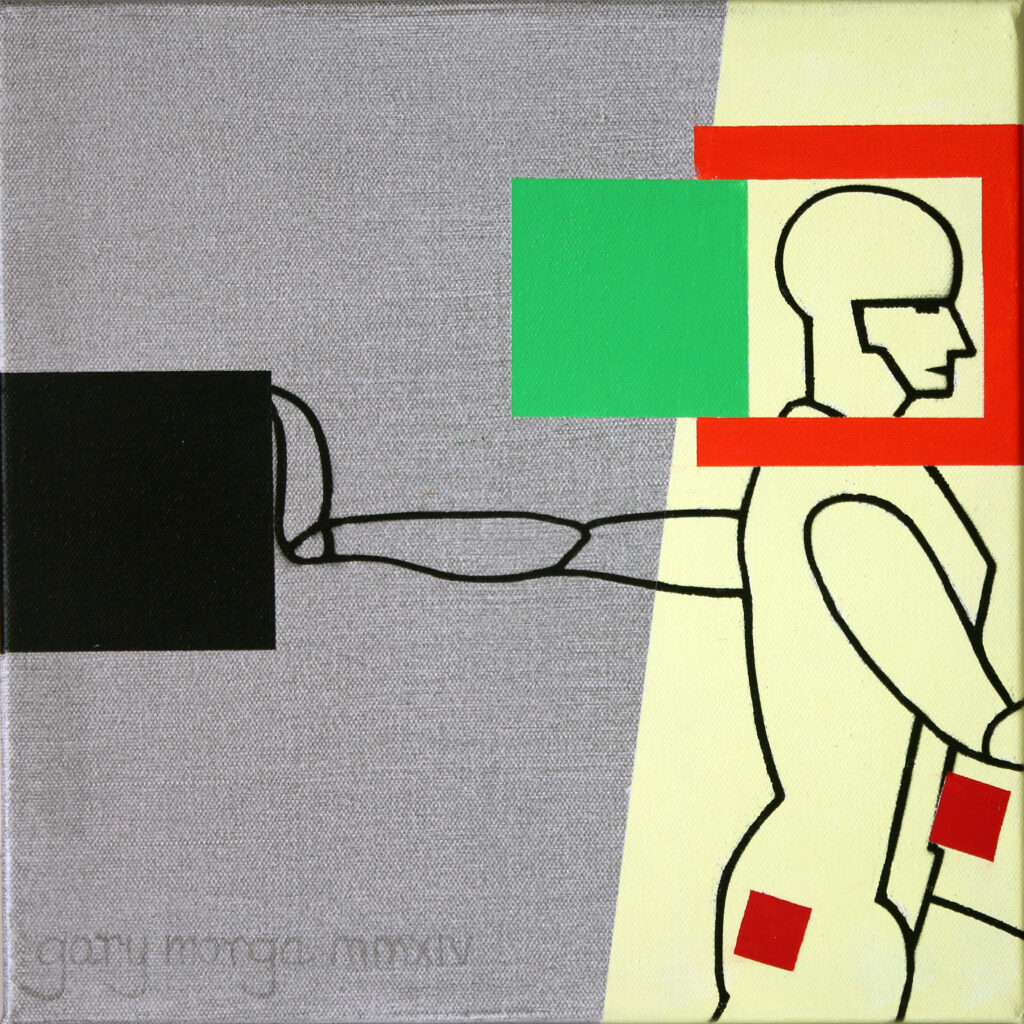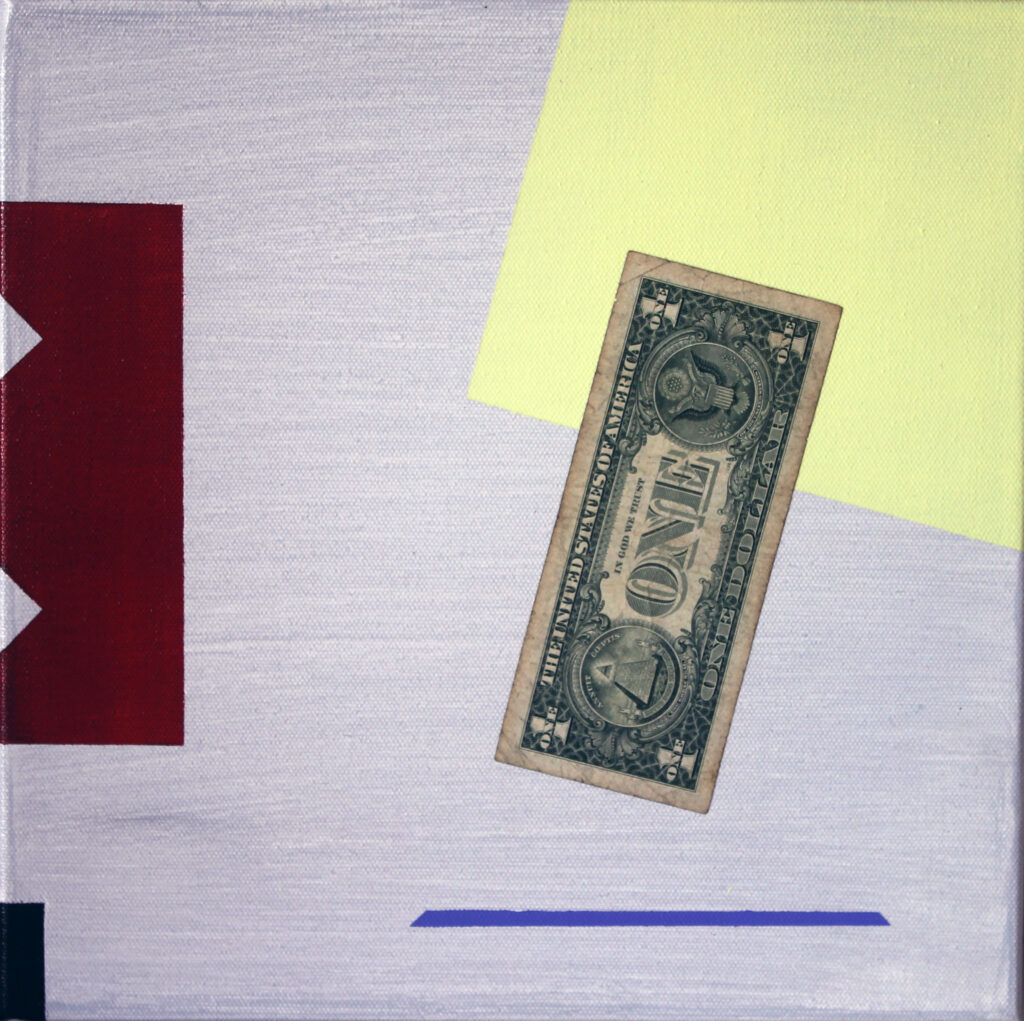Postmodern design, Sils Maria and Nietzsche.
Postmodern design, Sils Maria and Nietzsche. He was a brilliant philosopher who had suffered from severe migraines since childhood. The clean environment and air at Sils Maria helped to reduce the blinding pain he had in his head.
At Sils Maria, Nietzsche transformed in to Zarathustra, his alter ego, and he wrote many of his philosophical masterpieces there, including Thus Spake Zarathustra. His writings have had a profound influence on culture, religion, philosophy and science throughout the 19th and 20th centuries.
Nietzsche rejected the past and the accepted dogmas of the time and broke away from them. Through his critical thinking and writings, he presented mankind with a new, forward looking, vision for the future, a new beginning for humanity. His intellectual concepts have had material outcomes that are wide ranging in their reach and influence on society.
My challenge was to express Nietzsche’s ideas in a functioning object. Using language itself as a model to compose the object and using colours and forms for their symbolic significance.
SILS MARIA, the complete postmodern design project was acquired by The National Museum of Scotland, Contemporary Design Collection and is a part of the National Archive of Scotland.
Museum Accession no.: K.2019.16
To order Sils Maria contact us.















